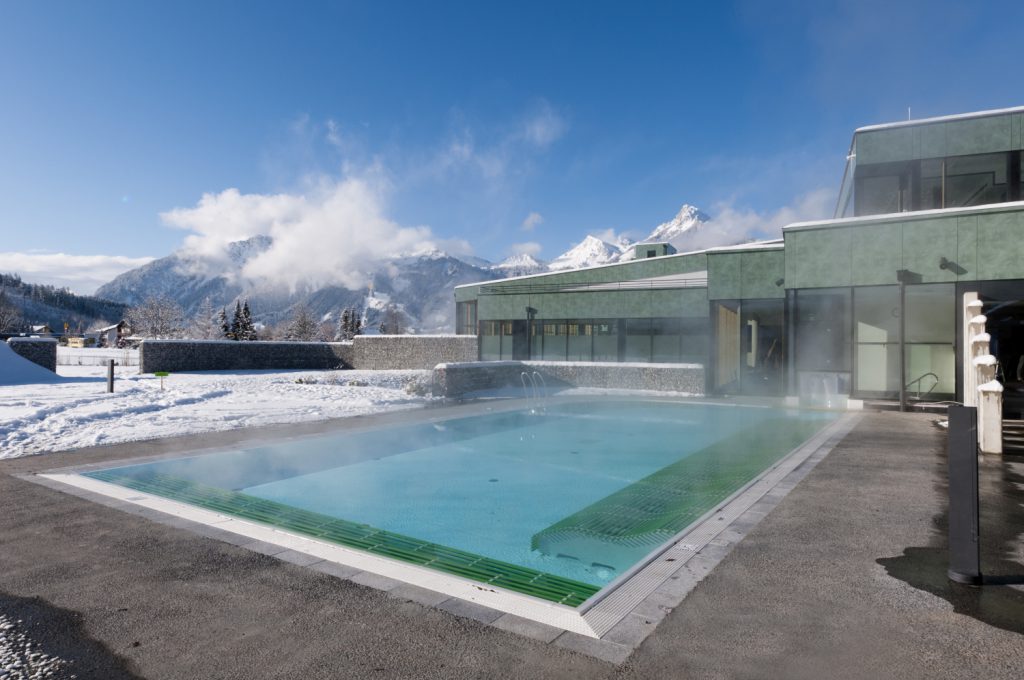As the summer fades and the first chills of winter approach, it’s time to think about winterizing your pool. This process is crucial, especially for outdoor pools, to prevent potential damage from freezing temperatures. Here’s a comprehensive guide to help you through the process.

Using Winterizing Chemicals
Start by adding a winterizing chemical to the pool water. Run the filtration system for 24 to 48 hours to ensure thorough mixing. "This product treats the water and prevents algae growth," explains an expert. Before this step, ensure the chlorine and pH levels are balanced.
If your pool is heated with a heat pump, drain it and disconnect the hoses to prevent water from freezing inside, which could damage the pump.
Draining Water to Prevent Freezing
After the winterizing chemical has been mixed, focus on protecting the pipes from freezing by draining them. Lower the water level below the return lines, which means disposing of several cubic meters of water. This water will need to be replaced next season when you restart your pool.
Protecting the Skimmers
Skimmers, the PVC equipment in the filtration circuit, skim the water surface, removing leaves and debris. If you lower the water level, they will be out of the water and won’t pose a problem. However, keep an eye on the water level, as heavy rain could raise it and reintroduce water into the pipes.
Ice Absorbers
If you don’t lower the water level, use ice absorbers. These devices, shaped like a sausage, are placed in the pre-filter baskets and help manage ice formation. Empty the baskets of leaves and store them indoors for the winter. Also, place ice absorbers between your pool cover and the pool edge. If you don’t have a covered pool, place absorbers diagonally across the pool to prevent damage from freezing.
Handling Electrical Equipment
Perform a final backwash to clean the sand filter and check the chemical levels. Then, turn off all electrical equipment, including the heat pump, automatic chlorination system, and pH control, to eliminate electricity consumption until next spring.
Alternative to Winterizing
You can choose not to winterize your pool. In this case, avoid using the heat pump, activate the bypass, and drain it. It’s still advisable to add winterizing chemicals and circulate the water, especially during freezing periods. In extreme cold, the pump should run continuously.
In conclusion, winterizing your pool is a straightforward process that can save you from costly repairs and maintenance issues. By following these steps, you can ensure your pool remains in good condition throughout the winter and is ready for use when the warm weather returns.

 Open Immovlan
Open Immovlan